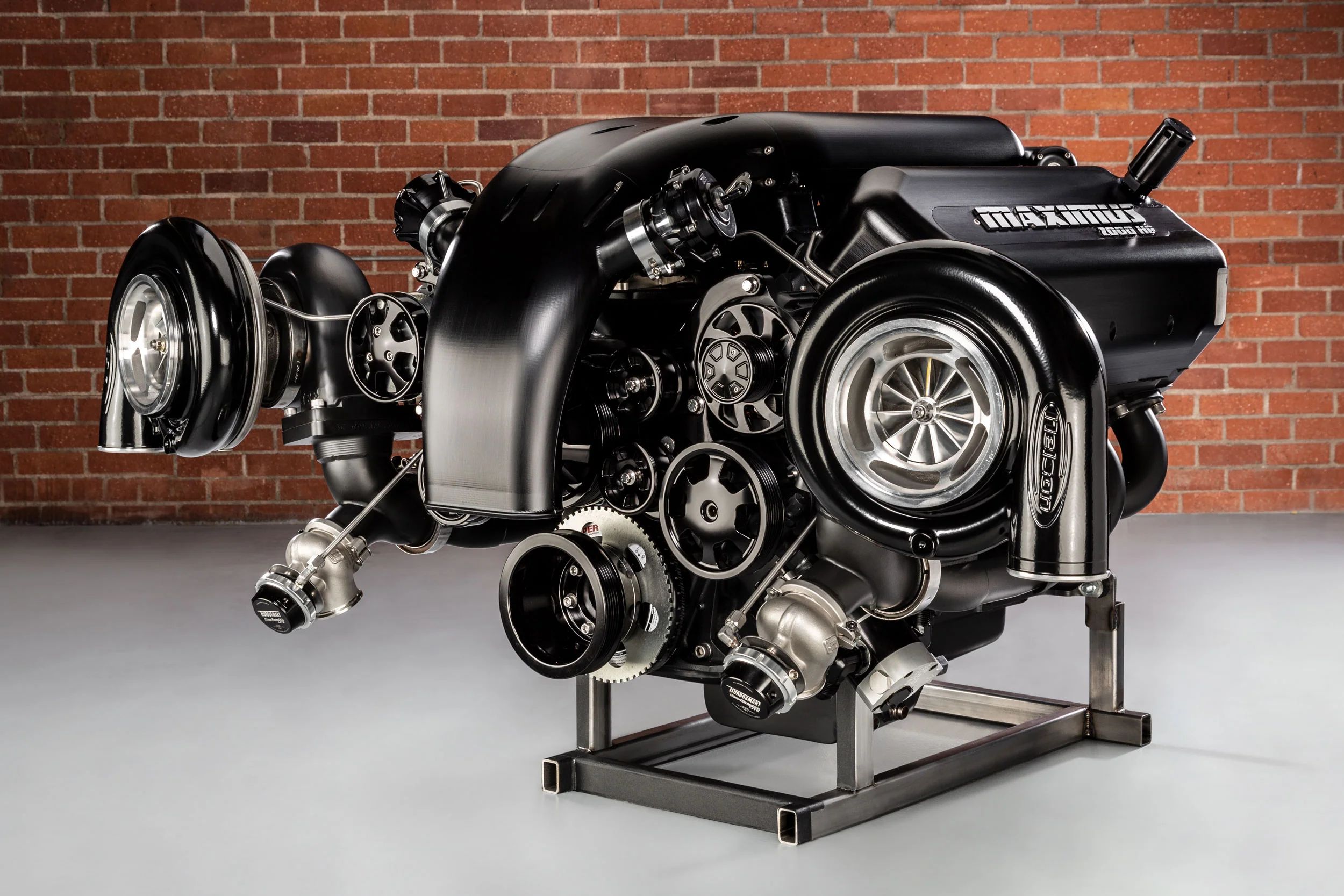Check Out Engines for Africa at Our Extensive Auto Components Store
Check Out Engines for Africa at Our Extensive Auto Components Store
Blog Article
The Quest for Ultimate Driving Power: Investigating the Peak of Engine Performance and Technological Breakthroughs in the Automotive Industry
In the world of automotive engineering, the search of maximum driving power has been a relentless quest that has unravelled through the development of engine layout and the combination of cutting-edge technologies. From the meticulous craftsmanship of burning engines to the quick innovations in electrical propulsion systems, the automotive field stands at the cusp of a new age characterized by extraordinary efficiency capabilities.
Development of Engine Layout

Moreover, the assimilation of turbocharging and supercharging technologies has reinvented engine design by increasing power without significantly increasing engine dimension. These forced induction systems press the consumption air, enabling for even more gas to be ignited, thus generating greater power outcome from a smaller engine. This development has been specifically important in enhancing the efficiency of smaller variation engines while keeping gas performance criteria.

Performance-Enhancing Gas Technologies
The implementation of advanced gas innovations has actually considerably added to improving engine performance in contemporary cars. Biofuels, obtained from sustainable sources like sugarcane, corn, or algae, deal minimized discharges and improved engine effectiveness. Additionally, gas ingredients and detergents are being created to clean engine elements, maximize burning, and decrease rubbing, thereby improving overall lorry efficiency.
Improvements in Electric Propulsion
Considerable strides in electrical propulsion technology have reinvented the auto market, leading the way for a new age of lasting and efficient transport. Electric vehicles (EVs) are acquiring popularity because of their environmental advantages and innovations in battery modern technology, enabling longer driving varieties and shorter charging times. Producers are investing greatly in r & d to enhance the performance of electric propulsion systems, concentrating on increasing power output, enhancing power effectiveness, and decreasing overall weight.
One noteworthy innovation in electrical propulsion is the development of innovative electrical motors that supply greater torque and power thickness, resulting in enhanced velocity and overall driving performance. In addition, regenerative stopping systems have been improved to keep and record power throughout deceleration, additional enhancing the performance of EVs.
In addition, the assimilation of wise innovations, such as man-made intelligence and predictive analytics, is maximizing the management of electric propulsion systems, ensuring optimal performance under numerous driving conditions. These innovations in electric propulsion are reshaping the auto landscape, driving the industry in the direction of a much more sustainable and electrified future.
Impact of Computational Fluid Characteristics
With advancements in electric propulsion pushing the borders of vehicle modern technology, the assimilation of Computational Fluid Characteristics is playing an essential duty in enhancing aerodynamic performance and improving total effectiveness in car style. Computational Fluid Characteristics (CFD) involves making use of computer system simulations to analyze the flow of air around a car, making it possible for designers to predict how design adjustments will Home Page impact aerodynamics without the requirement for pricey physical prototypes. By accurately modeling airflow patterns, CFD permits the refinement of lorry forms to minimize drag, enhance cooling, and improve stability.
One key advantage of using CFD in lorry design is the capacity to iterate rapidly, checking out countless style variations to determine the most aerodynamically reliable solutions. This iterative process leads to lorries that are not only sleeker and a lot more aesthetically enticing yet likewise a lot more fuel-efficient and eco-friendly. In addition, CFD enables engineers to optimize airflow around components such as radiators, engine bays, and wheel wells, adding to improved efficiency and overall driving experience. In final thought, the integration of Computational Liquid Characteristics represents a significant step forward in the quest discover here for utmost driving power and performance in the auto sector.
Future Fads in Engine Innovation
In the dynamic landscape of automotive engineering, advanced innovations are shaping the future trajectory of engine technology. The future of engine layout is noted by a solid focus on efficiency, sustainability, and performance. Producers are significantly concentrating on establishing engines that not only provide high power results but additionally prioritize environmental obligation by enhancing and minimizing exhausts gas performance.
One prominent fad in engine technology is the surge of electrification. Crossbreed and electrical powertrains are acquiring grip as practical alternatives to conventional combustion engines. These innovations use the potential for considerable decreases in carbon emissions and enhanced power effectiveness, straightening with global efforts to battle environment adjustment.
Additionally, innovations in materials scientific research and production strategies are allowing the manufacturing of lighter and a lot more resilient engine parts. This change in the direction of light-weight products such as carbon fiber and aluminum alloys adds to improved efficiency and fuel economic situation.
Verdict
In verdict, the pursuit of utmost driving power in the vehicle sector continues to drive improvements in engine design, fuel technologies, electrical propulsion, and computational fluid characteristics. The advancement of these modern technologies is shaping the future of engine innovation, leading the way for extra reliable and effective cars (engines for africa). As the sector remains to push the borders of what is Click Here feasible, we can expect to see a lot more groundbreaking developments in the quest for peak performance
One of the vital milestones in engine design development is the transition from traditional carbureted engines to modern-day fuel-injected systems. By exactly metering the fuel shipment to each cyndrical tube, fuel-injected engines maximize combustion, resulting in better performance and decreased environmental influence.
Furthermore, the combination of turbocharging and supercharging modern technologies has actually revolutionized engine layout by increasing power without dramatically increasing engine size (engines for africa).The implementation of advanced gas technologies has actually dramatically contributed to enhancing engine performance in modern-day cars. Additionally, gas ingredients and cleaning agents are being formulated to tidy engine parts, optimize burning, and decrease friction, thus increasing general vehicle efficiency
Report this page